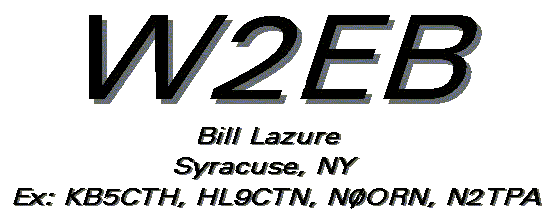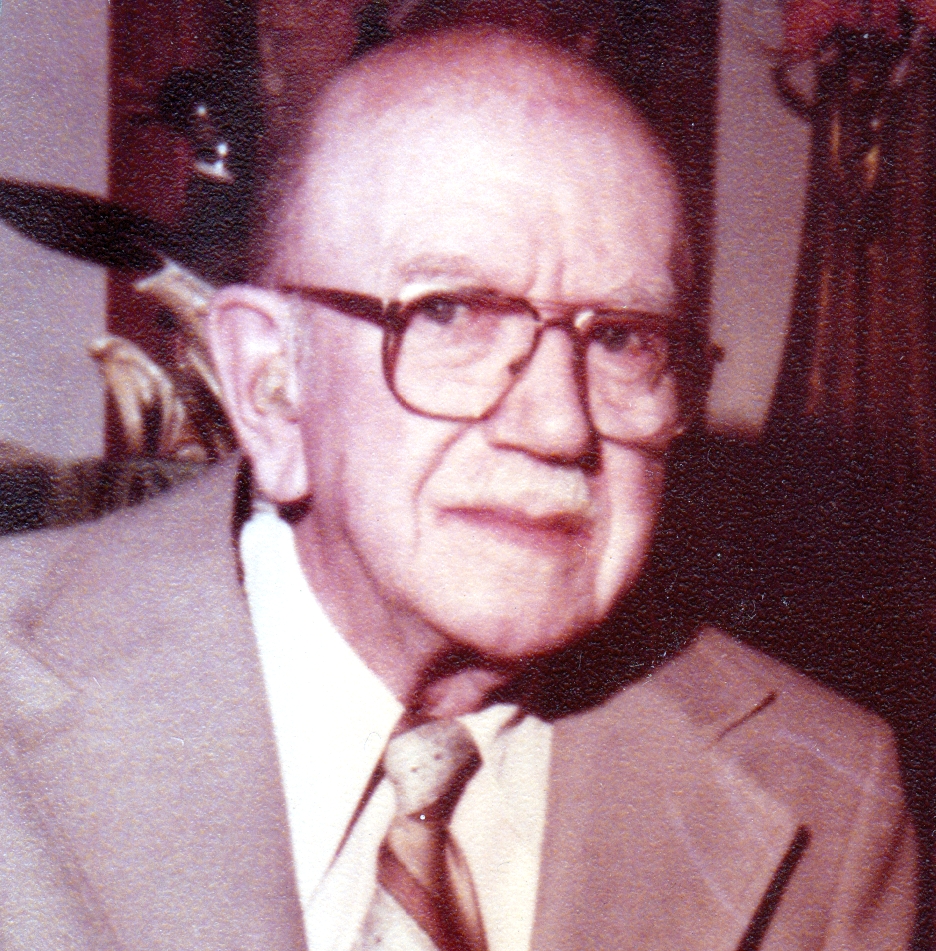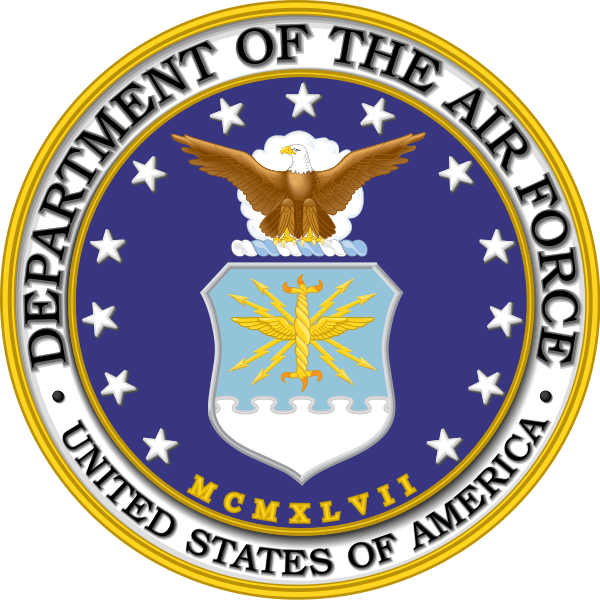
My grandfather was Art Robinson, W2IDM. He was a Ham Radio Operator before they were licensed.
My first exposure to the "mystery" of radio was as a small child. The family owed a tube shortwave radio. I loved the aroma of burning dust on the tubes as it warmed up; waiting impatiently for the gentle hiss to rise up slowly telling me I could explore this technological frontier. Once warmed and ready, I'd change bands and tune the dial looking for anything I could hear. Was it a trucker's station in the mid-west? A British shortwave station? Some foreign language I couldn't possibly decipher?


Then I joined the U.S. Air Force. They chose my career path for me and it turned out to be a life-altering choice: Radio Maintenance.
They sent me to learn microwave radio maintenance at Keesler AFB, MS. In 8 months, I went from no knowledge of electronics, to a very well qualified electronic maintenance technician.
Now that I'd learned electronics, some of the mystery of radio had been revealed to me. I frequented the weekly spare-part sales at Sandia National Labs looking for anything I could use to make test equipment. I precipitously bought a chassis box for $1 to find a fairly large coil inside. I'd learned about radio, but never tried to build one of my own. A tiny bit of research turned up the most basic kind of radio possible: a crystal receiver. I attached that coil to a variable capacitor I'd scrapped from some old device, tied a diode to it, and added an audio amplifier. I heard essentially nothing. Undaunted, I decided it couldn't hear because it wasn't attached to ground. I ran my contraption into our laundry room; the only place with an exposed cold water pipe, and crouched down near the floor and ran a wire out window as I listened to my latest configuration. I heard a station! It was just KOB, the AM powerhouse from Albuquerque, NM...about 15 miles from my home...but I was hooked!!
I tuned that little crystal receiver from one end of its travel to the other and all I could hear was KOB. I knew I needed better selectivity. A bit more research led me to a very basic Direct-Conversion receiver . I found the plans for a very basic receiver in an old ARRL manual ("A Simple Receiver for Beginners", in the 1979 Radio Amateur's Handbook (ARRL), Pg 8-28. ) at my work place and vowed to build it. At the time, we were very poor. I had little money for parts or PCB-making supplies, so it took months to scrounge the parts from old TVs by the side of the road. Even longer to buy the etchant and FR-4 necessary to make the required PCB, but once done, I was thrilled that it both worked at all, and how well it worked. I was hearing both voice and CW!!
Once more, and finally, I was hooked! I decided then to get my license and learn Morse Code so I could legally add my voice to those many I heard on that simple old receiver.
I taught myself Morse Code in about 6 weeks of study. I taped myself sending code and replayed the tapes to memorize the sounds. Armed with that, plus the electronic knowledge I learned in USAF Tech school, I went up to Rio Rancho, NM from Kirtland AFB in Albuquerque, NM and tested in a ham's kitchen. After a hair-raising exam where they were forced to find 1 minute of error-free copy, and I had to convince them that audio frequencies are, in fact, 20Hz to 20KHz, I walked out with my novice ticket: KB5CTH.
I didn't operate under KB5CTH while I was in New Mexico. I had a serious case of "Mic Fright". I even applied for a temporary license while stationed in South Korea, HL9CTN, and never made a contact with that license either. (Sorry, MSgt Hopkins, but thanks for helping me get it!) . I finally discovered the joy of operating when I got stationed at Falcon AFB near Colorado Springs, CO. I entered the Novice Roundup and made many contacts. In fact, enough to get an award. I was hooked! Several more Novice Roundups, and I upgraded to general, N0ORN.
When I left the Air Force and returned to New York, I wanted a 2-area callsign, so I applied for a change and received N2TPA. I kept that call even after I upgraded to General Class because I wanted a true 1x2 callsign and vanity licenses hadn't been implemented yet. When vanity finally became available, I applied for my top 6 picks and was awarded W2EB.
My Bachelor's Degree was designed around Amateur Radio. SUNY Empire State College, at that time, allowed students to design their degree programs based on the programs of other more traditional colleges. I based mine on a typical BSEET, but nearly all of the technical content involved radio: systems design, Antenna Systems Theory, RF Propagation, Communication Circuits. Unofficially, I tell people I have a Bachelor's Degree in Ham Radio!
For many years of my life, Amateur Radio was simply operating in a couple of annual contests and otherwise ignoring the equipment. I preferred to design and build hardware than operate it.
Then, while operating Straight Key Night 2020, I discovered the Straight Key Century Club, SKCC. I was curious about all of these SKCC people I heard on the air and discovered they were a very active group of people that love CW, morse code to the Ham community. I signed up and began participating in their activities, and that revived my interest in all of Amateur Radio. I operate at least monthly in their "Weekend Sprint" WES gathering.
Now I have more modern equipment, operate nearly every day, and operate portable at least annually for ARRL Field Day.